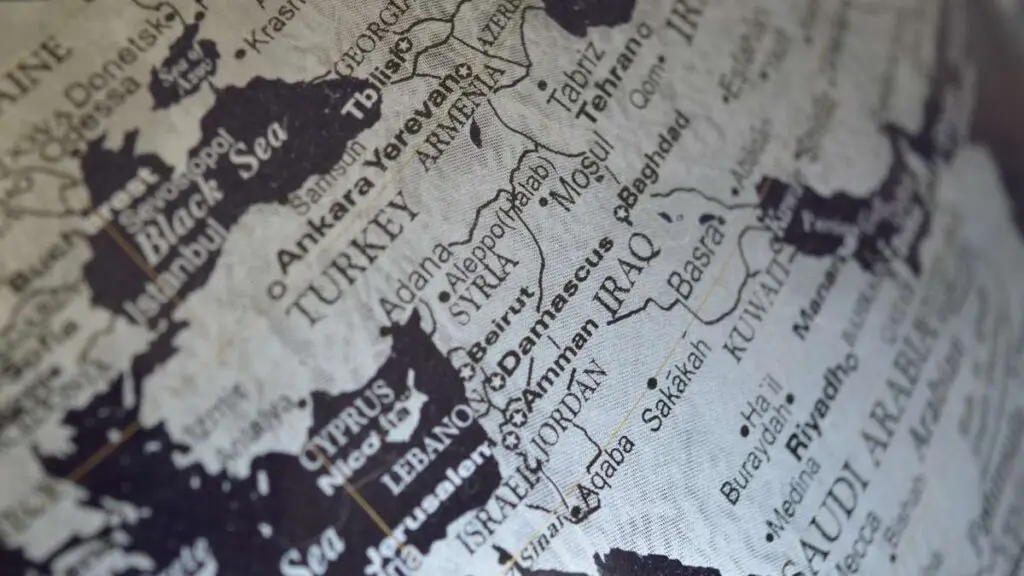By Geoffrey Cain
PRI’s The World
Mar 4, 2014
SEOUL, South Korea — Last week, the US and South Korean militaries launched their annual war-game ritual, the Key Resolve and Foal Eagle military exercises, which will last until April 18.
On a peninsula divided for more than 60 years, the games have long been condemned from across the border as a contentious show of force.
As to be expected, this year’s games have already raised a fuss from Kim Jong Un’s coterie of propaganda writers, who consider the Key Resolve/Foal Eagle exercises to be preparation for an American-led invasion. Washington and Seoul insist they are only for self-defense.
On the international stage, North Korea has begun flailing and showing its irritation. Twice — on Feb. 27 and March 3 — the isolated nation test-fired short-range missiles into the Yellow Sea. Although such tests generally occur every few months or so, these latest launches have been interpreted as “provocative” efforts to send a message. And on Feb. 24, hours after the office-based computer simulation portion commenced, a North Korean ship crossed the contested sea border three times. It retreated with no shots fired.
UPDATE: On Tuesday, North Korea fired an additional seven short-range missiles from its east coast, according to South Korea’s defense ministry, for a total of at least 11 rockets in the past week.
Missile tests and illegal border crossings are “not terribly unusual,” said John Delury, a professor of international studies at Yonsei University in Seoul. “This is North Korea’s way of drawing attention to the unresolved nature of borders and military exercises,” according to Delury. “The rationale of these exercises is to deter the North, but given the territorial disputes, [they’re] also an irritant,” he said.
Washington and Seoul may seek to hold back the North, but is Kim Jong Un out to test Washington’s meddle? Here are the three key things to understand.
North Korea essentially has itself to blame for the exercises
Even though the Korean War ended in 1953, both sides signed an armistice, not a peace treaty. The North Korean government and United Nations command agreed to divide the Korean peninsula into the communist North and nominally democratic South.
The absence of a treaty, unfortunately, means the North and South are still technically at war. About 28,500 American soldiers continue to be stationed in South Korea, while every able-bodied South Korean male is required to serve two years in the military. The legacy of the Korean War can be seen at Panmujeon, the village at the de-militarized zone (DMZ) where South and North Korean military police chillingly stand at the border face-to-face.
Every year American soldiers deliver the message to North Korean forces at the DMZ village that the training is purely defensive. Considering North Korea ignited the Korean War with a surprise attack on the South in 1950, the goal since then has been to show that American and South Korean forces — two very different armies with different strategic philosophies — can work in harmony in a chaotic, large-scale hypothetical war. That involves moving loads of tanks and heavy equipment across a rugged and mountainous nation, no easy task when calamity erupts.
North Korea, meanwhile, carries out frequent trainings of its own. The scary part: Many are actually geared toward offensive tactics.
Although the war games are merely exercises, they sometimes dramatically heighten tensions
During past exercises, critics have railed at the US military for taking things too far. Last year, when North Korea was busy rattling the saber with unfulfilled rhetoric of war and a coming death by inferno, the Pentagon responded with a flyover of nuclear-capable B-52s not far from North Korea. That’s the sort of gesture that risks escalating into a tit-for-tat.
Still, North Korea survives in a constant state of military emergency, so it’s no wonder the paranoid leadership plays up the threat of Foal Eagle/Key Resolve being the pretext for an American-led invasion. Occassionally, the rhetoric has erupted into something bigger. During war games in 2010, the North allegedly torpedoed and sank a naval corvette, killing 46 sailors not far from where the Korean and American navies were carrying out anti-submarine exercises. (While a Western investigation implicated North Korea, Pyongyang denies culpability and the United Nations punted on the matter.)
South Koreans aren’t always fond of the war games, either
Even though the American and South Korean governments enjoy good relations, Korean protestors have raised hackles at Key Resolve/Foal Eagle. In addition to the risks of sparking the North’s anger with war games, say some left-wing Koreans, the presence of American military bases is exacerbating the division, and contributing to pollution and crime in the surrounding communities.
In 2006, when US Marines simulated an amphibious landing on Malipo Beach, dozens of protestors ran along the coast and slapped anti-US stickers on the vehicles. The following year, more than 800 Korean military police had to be deployed in the same zone. That time the US Marines didn’t exit the amphibious carriers to storm the beachhead by foot, citing security reasons.
“Yankees, go home!” protesters shouted behind barbed wire from a nearby street, a common refrain at demonstrations at the time.
Nowadays, the movement against the American military presence has died down, even though many Koreans continue to harbor bitterness. That’s thanks in part to an escalation of tensions with North Korea since the mid-2000s. Seoul has even signaled that it wants the US to keep wartime operational command over all forces on the peninsula, a move that would squash plans for a command handover to South Korea in 2016.
The article was originally published in PRI’s The World
See Also:





